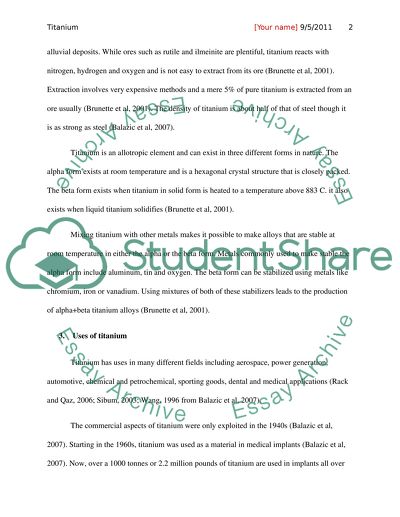Cite this document
(“Titanium Research Paper Example | Topics and Well Written Essays - 1500 words”, n.d.)
Retrieved from https://studentshare.org/family-consumer-science/1420533-titanium
Retrieved from https://studentshare.org/family-consumer-science/1420533-titanium
(Titanium Research Paper Example | Topics and Well Written Essays - 1500 Words)
https://studentshare.org/family-consumer-science/1420533-titanium.
https://studentshare.org/family-consumer-science/1420533-titanium.
“Titanium Research Paper Example | Topics and Well Written Essays - 1500 Words”, n.d. https://studentshare.org/family-consumer-science/1420533-titanium.


